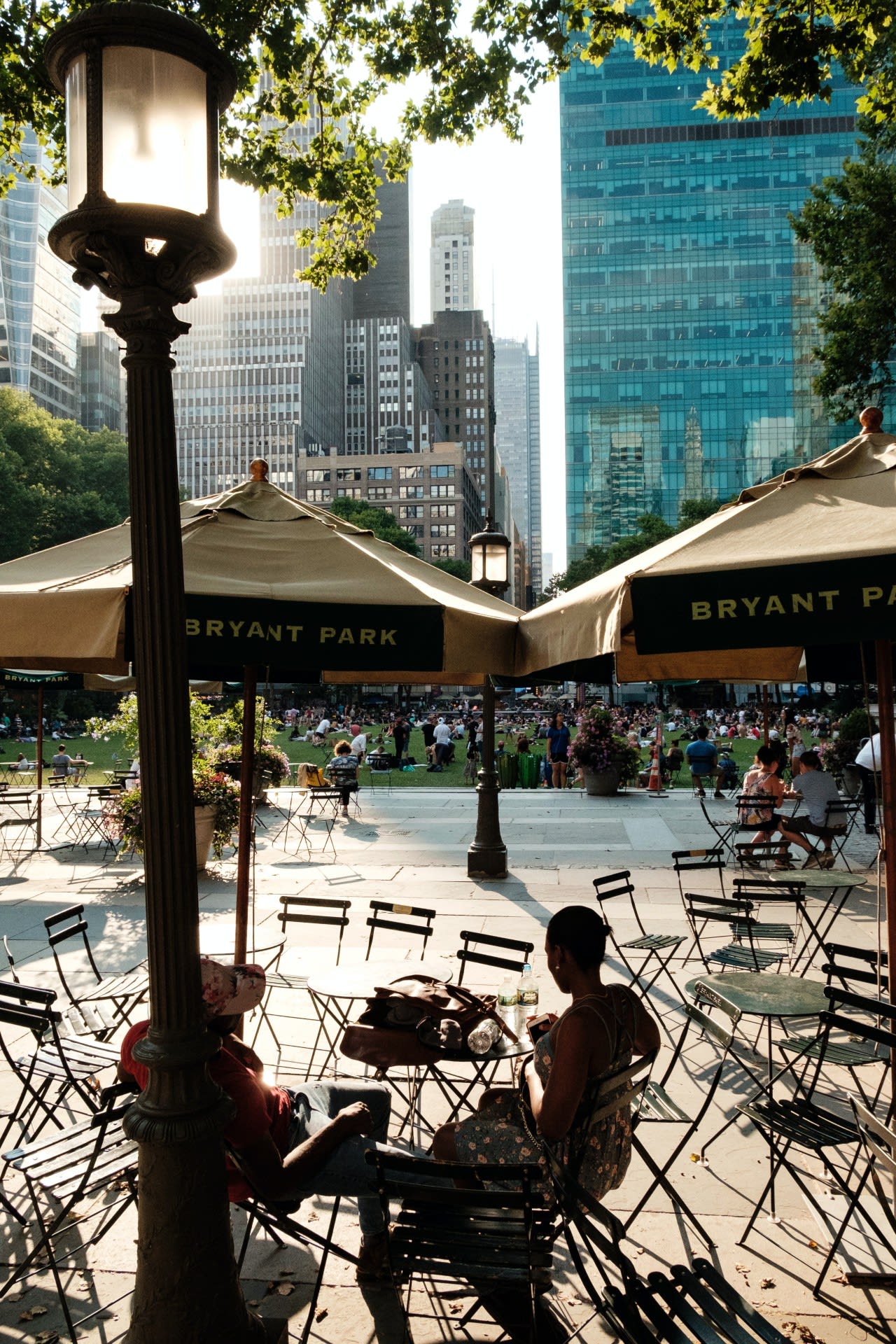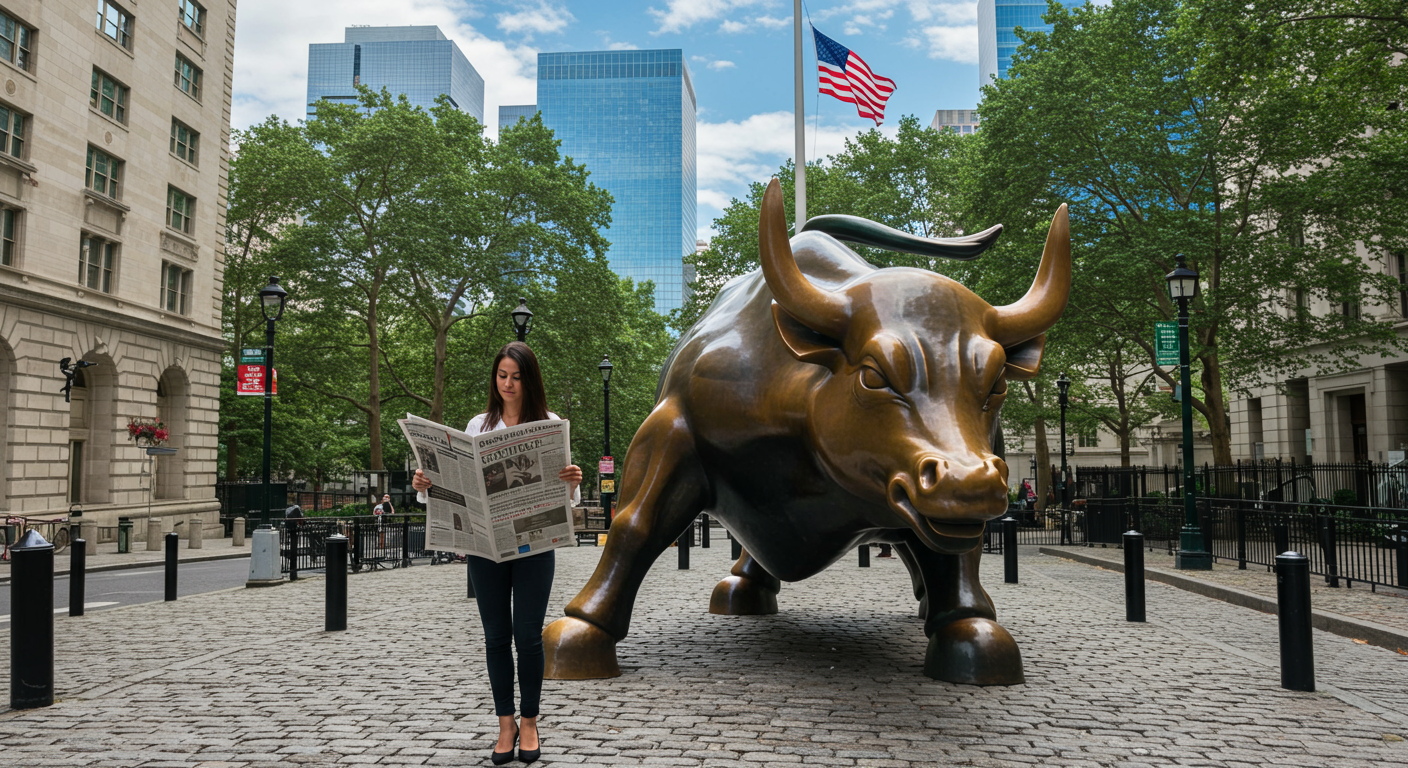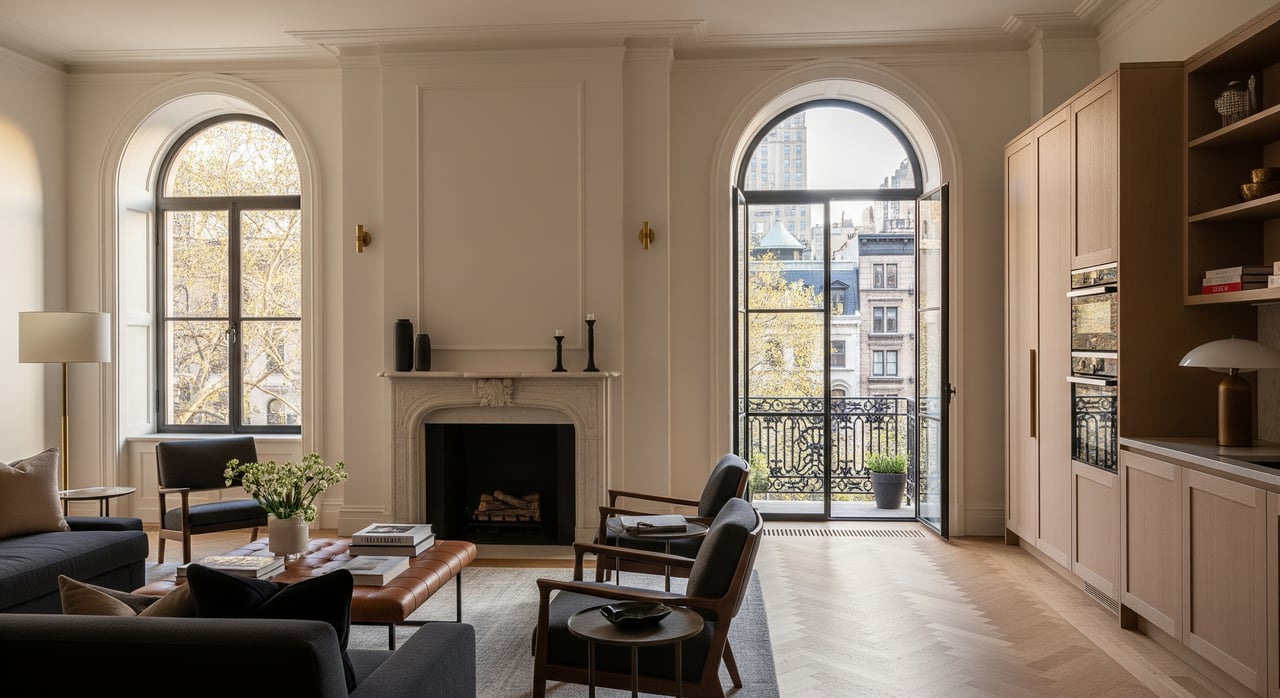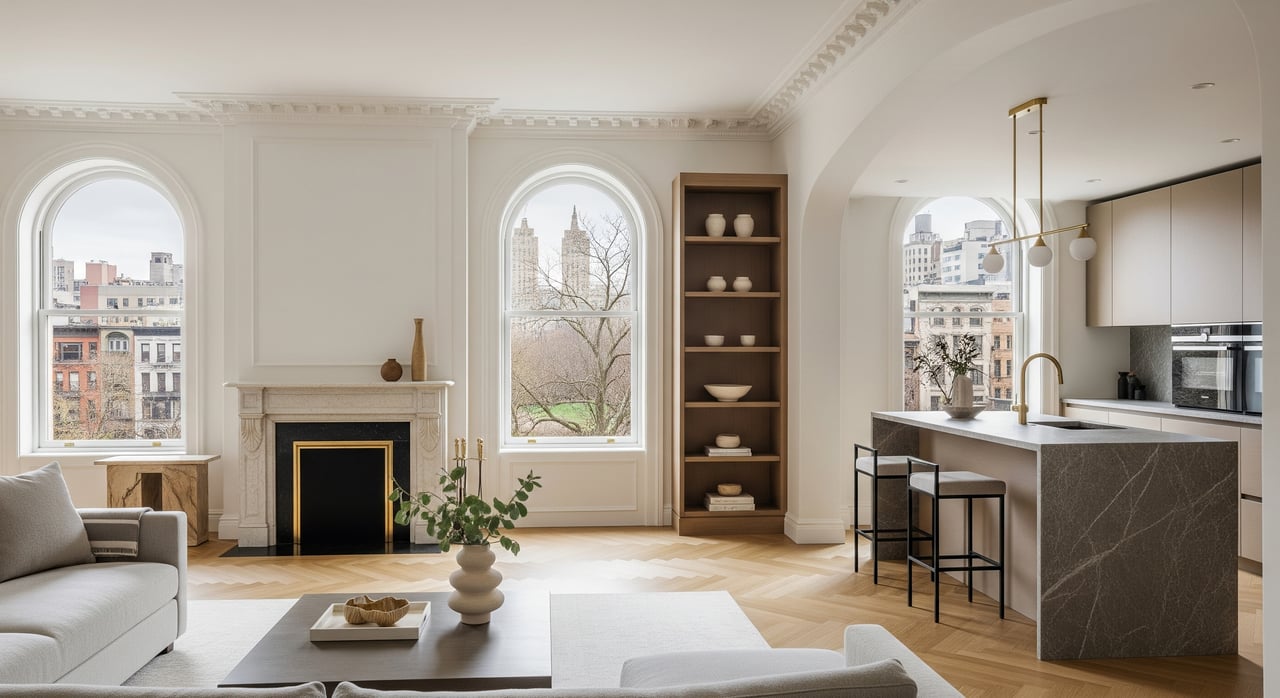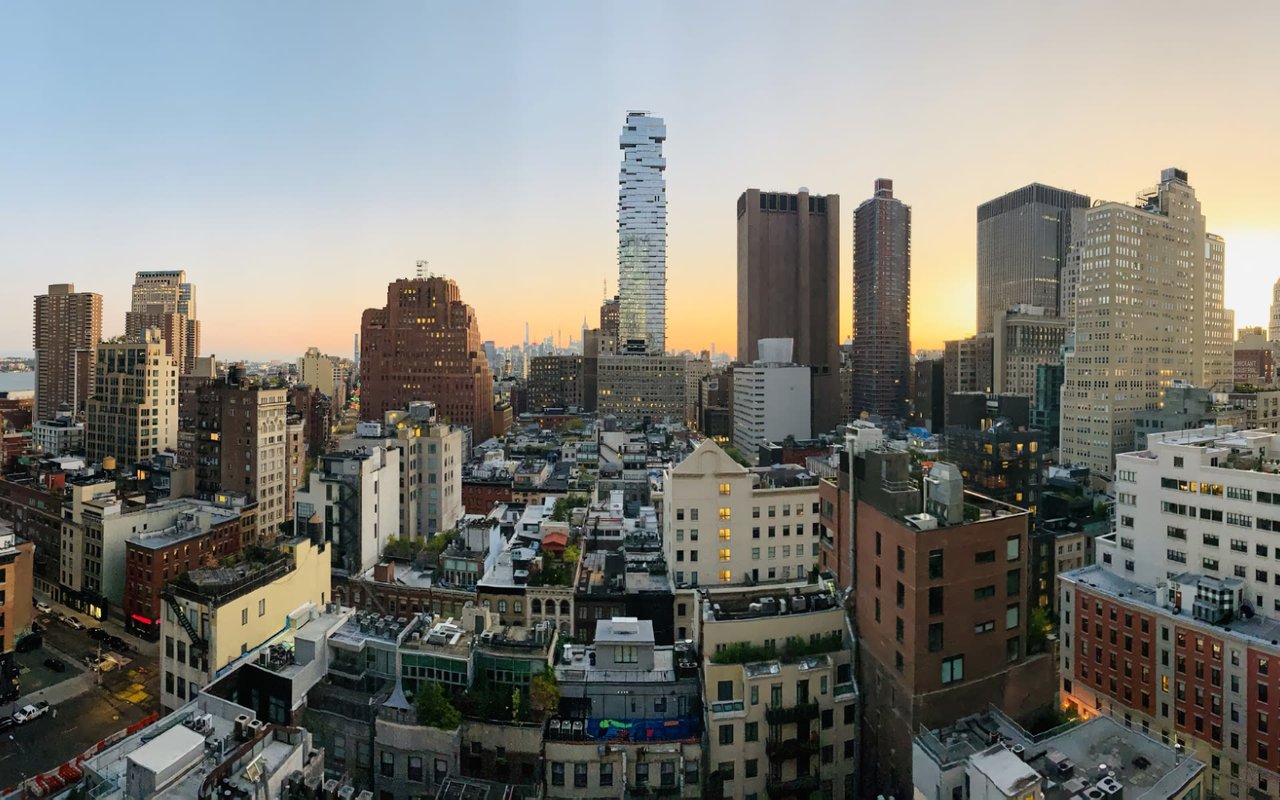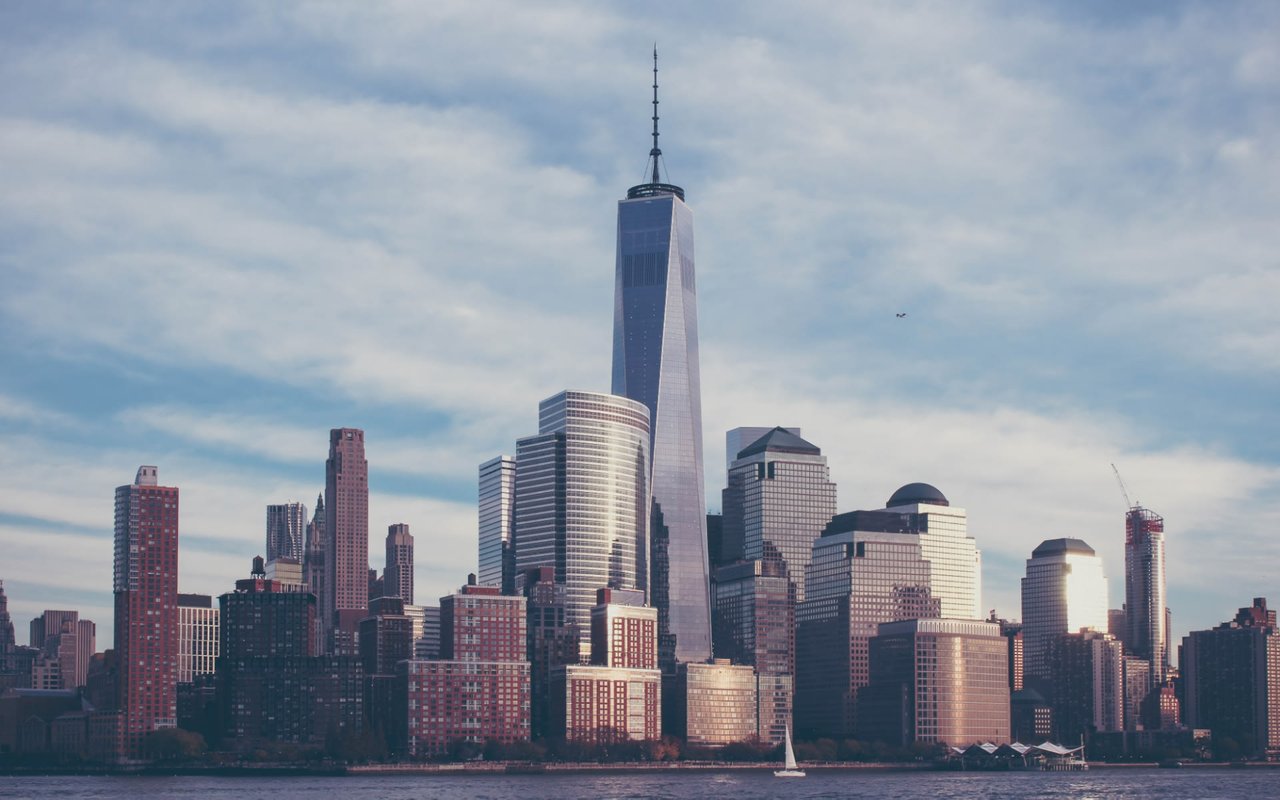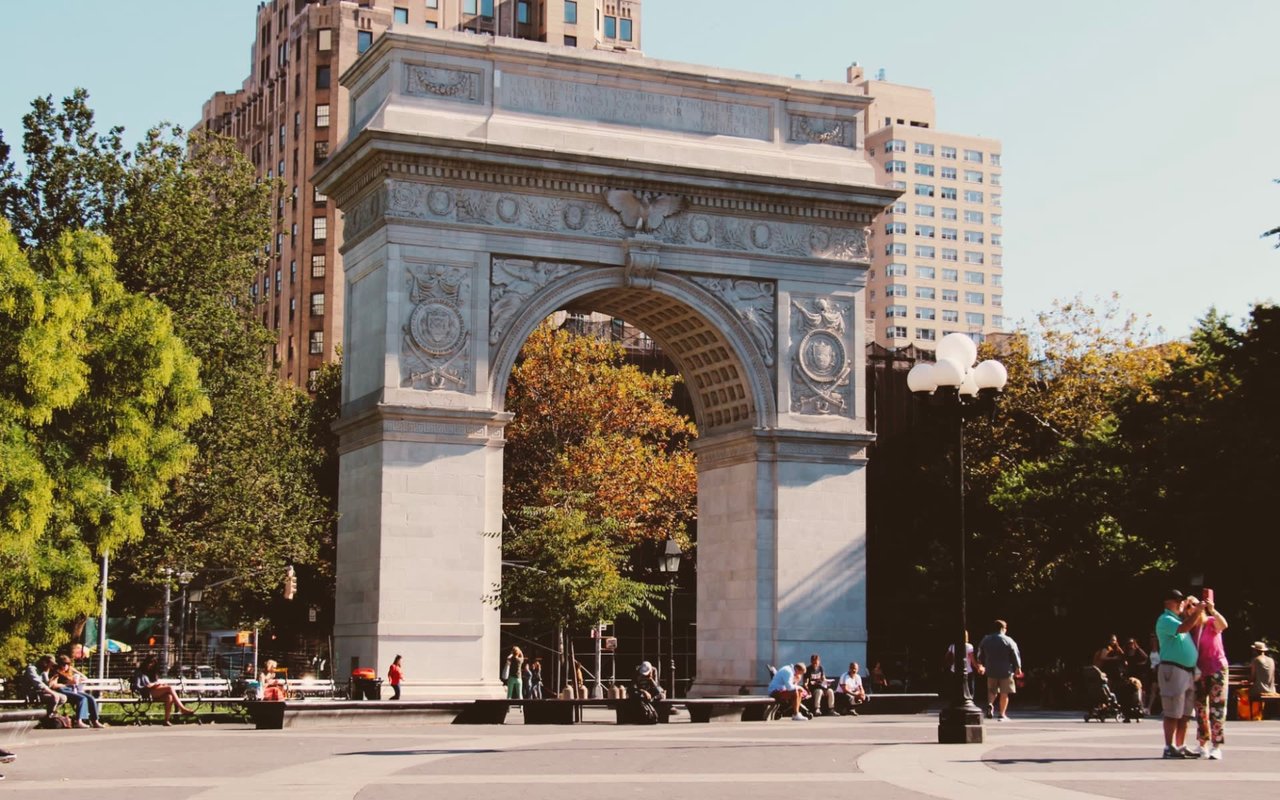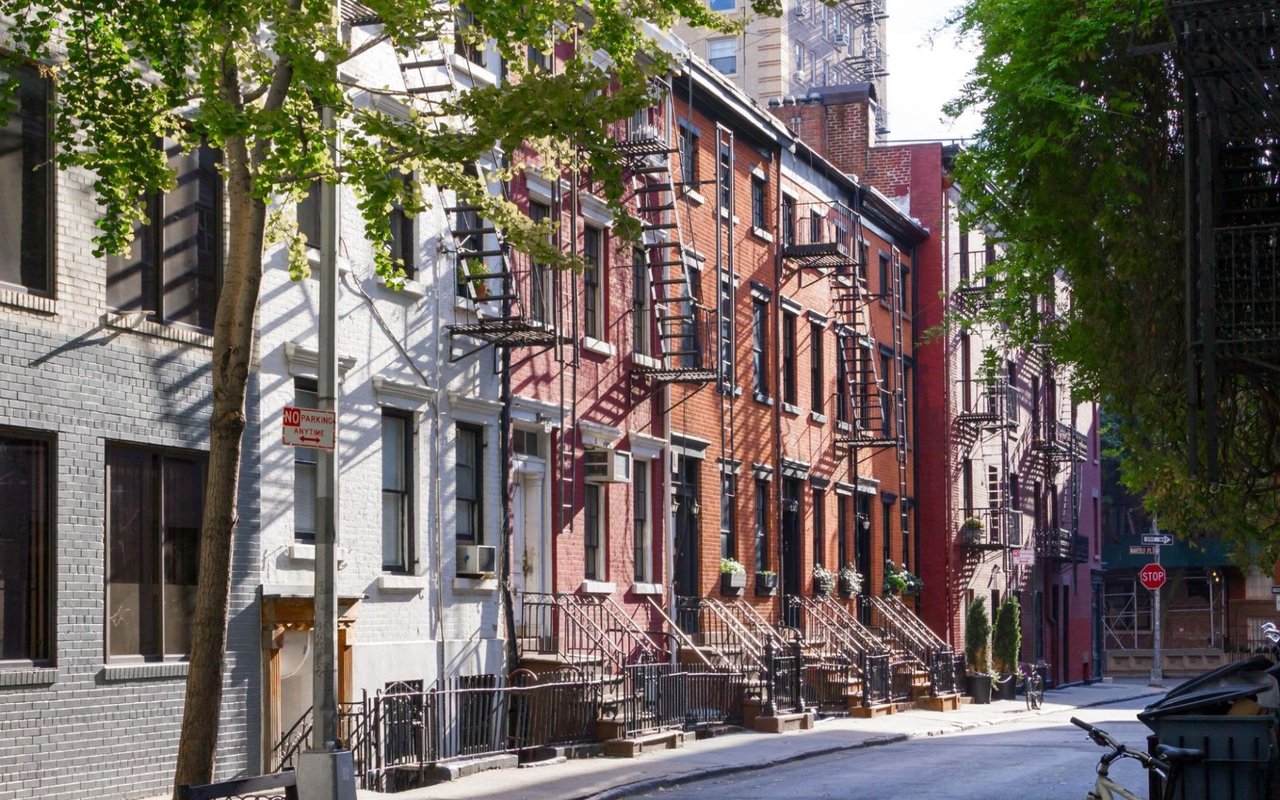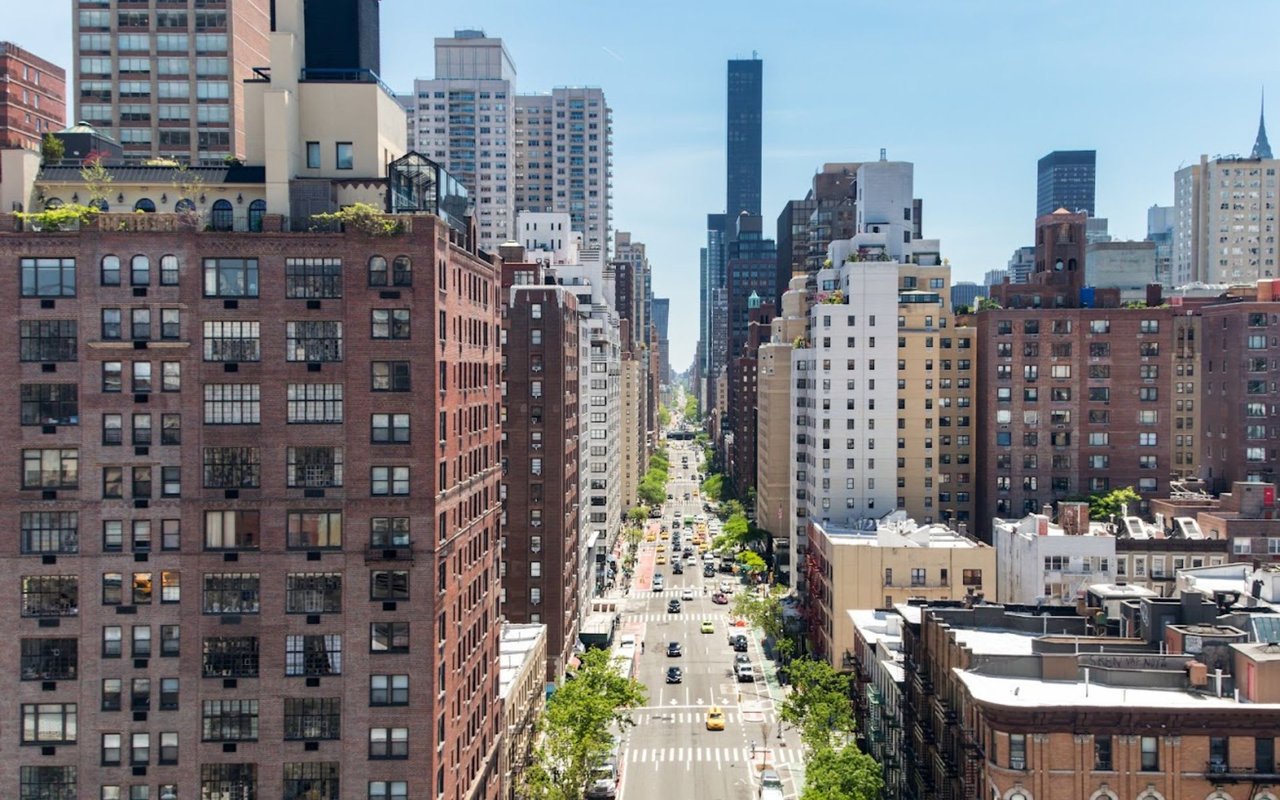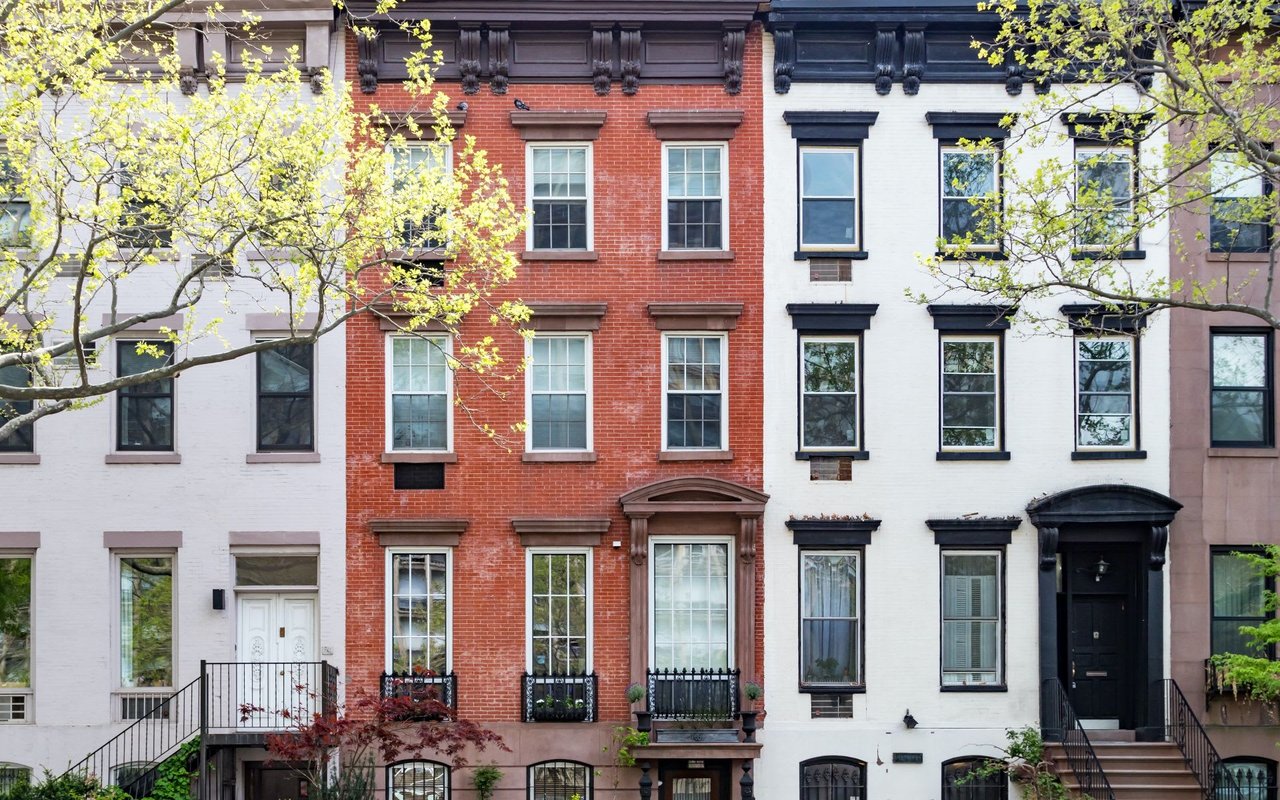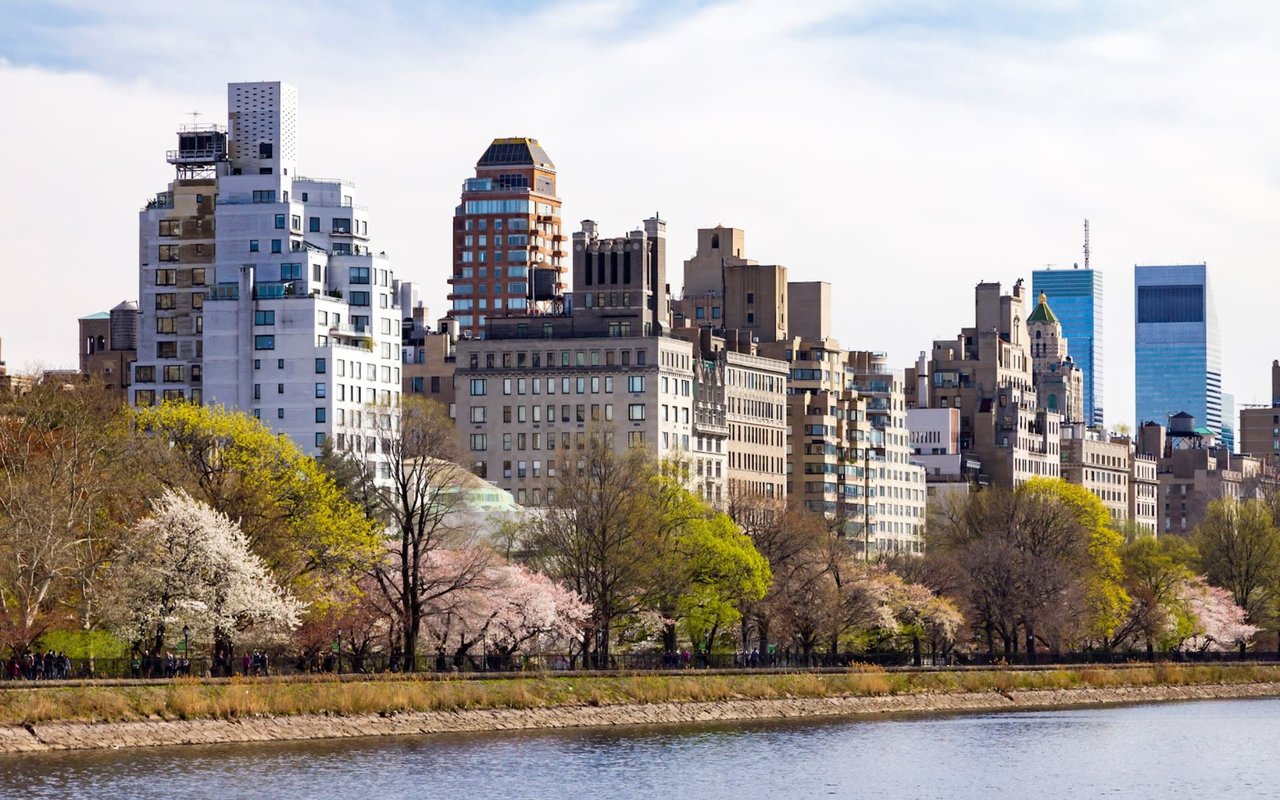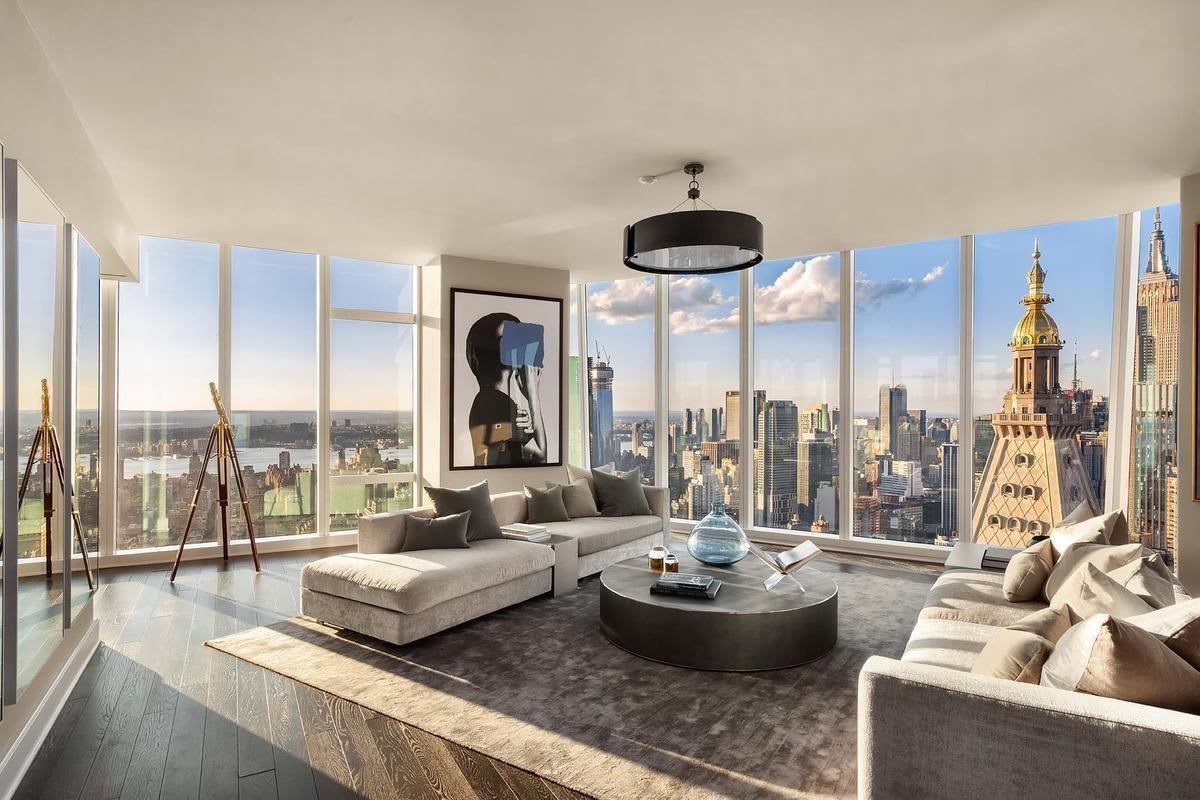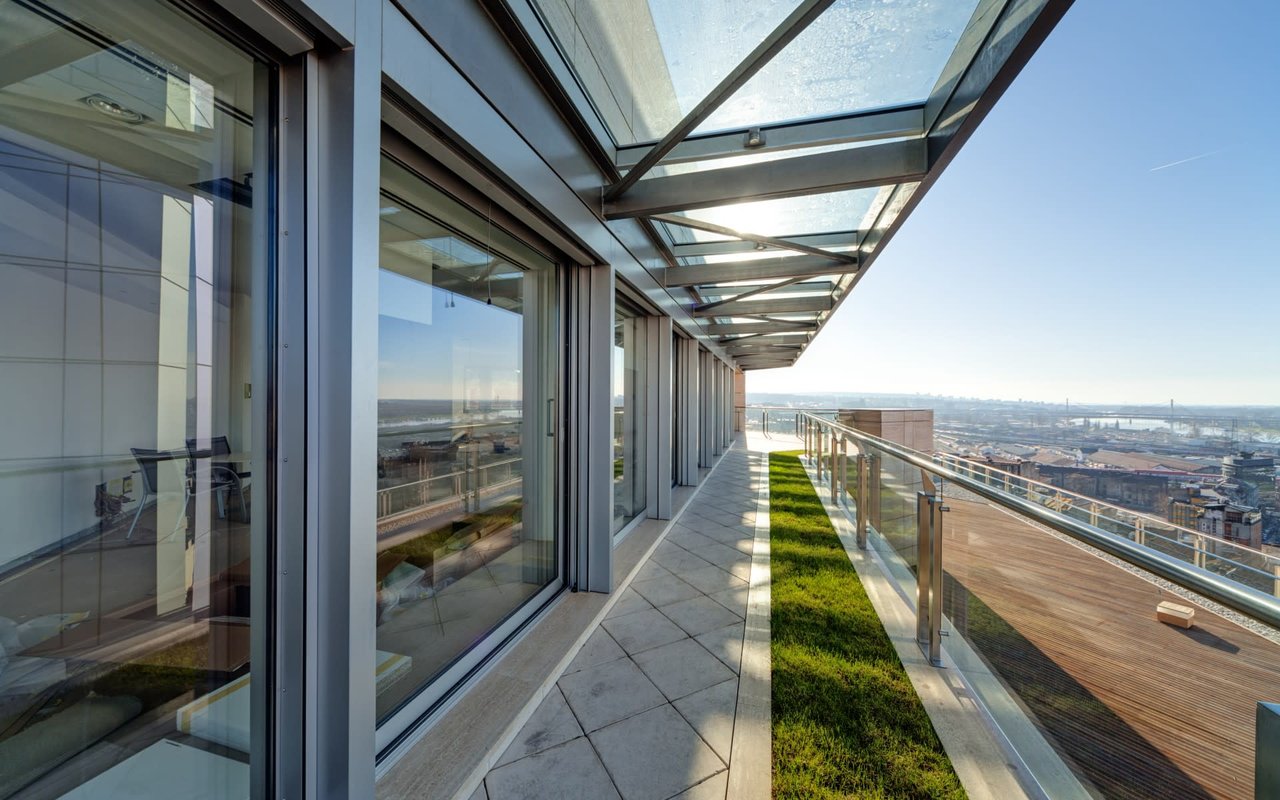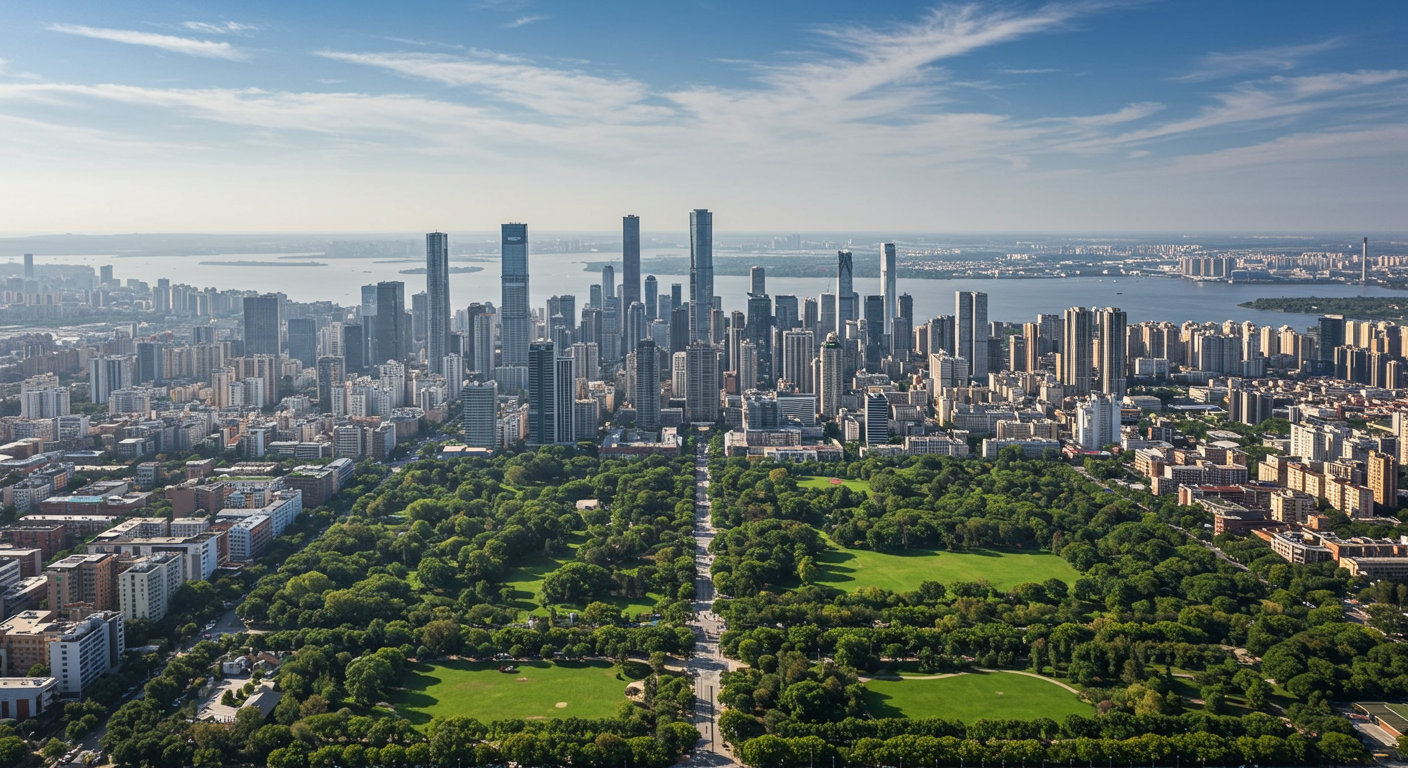
Real estate is an industry that is intertwined with the general economy; it is a dynamic sector with trends constantly changing. Global occurrences such as the COVID-19 pandemic, Brexit, and the US-China trade war are some of the recent major trends that have impacted the real estate landscape.
Understanding the real estate cycle can help investors project income and capital appreciation of a property and also advise investors on the right time to make capital improvements or sales. Real estate investors can apply the theories of the real estate cycle in order to identify the correct phase and deploy the appropriate investment strategy to maximize returns.
Below I explain the different phases of the real estate cycle and the strategies investors use in specific periods of the cycle. I will also explore some of the economic factors that affect the real estate cycle, and pinpoint the phase of the real estate cycle we are currently in.
The Four Phases of the Real Estate Cycle
Back in 1933, Homer Hoyt, an American economist who specialized in land economics, discovered that the real estate business cycle has an average duration of 18 years. However, many modern researchers claim that real estate cycles are too unpredictable to establish an accurate time period, as there are too many variables that can affect the time horizon of the cycle. Nonetheless, a typical real estate cycle consists of four different phases: recovery, expansion, hyper supply, and recession.
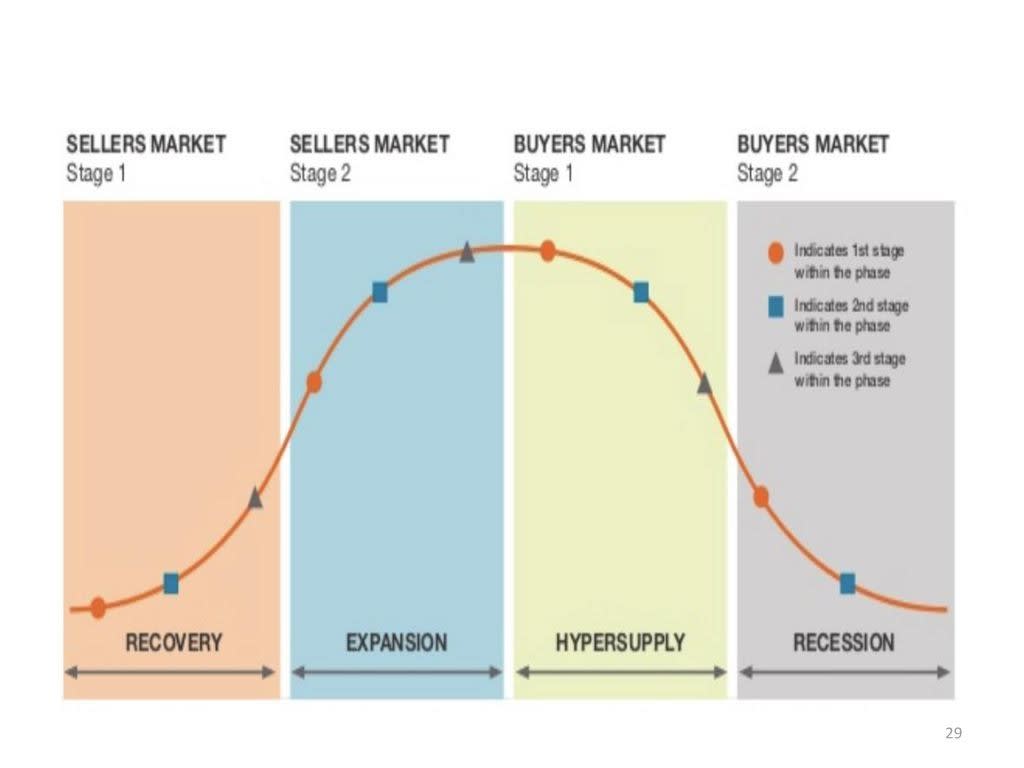
Phase 1: Recovery
The recovery phase is the first stage after a recession. Low occupancy rates, tepid demand for housing, declining numbers of development projects, and stagnant rental growth are some common indicators in this phase. The recovery phase can be tricky and difficult to identify as most people still feel the impact of the previous phase - recession, and hence have pessimistic outlooks.
However, many sophisticated investors consider this phase to be the prime time to purchase below-market value properties.
Strategies
As the economy is still in distress though recovering, many property owners are still experiencing financial hardship and hence may sell real estate assets at a bargain. Investors can acquire these bargain-priced properties and hold them in anticipation of capital appreciation once the recovery phase ends.
In addition, investors can also invest in properties that require improvements and apply a value-add strategy. Both the first strategy and the value-add strategy can be risky as rental demand in this phase tends to be weak. However, these strategies can potentially be very profitable, especially when market rents rise, which accelerates once the economy shifts to the expansion phase. Timing the market and having sufficient liquidity are the keys to success in this phase.
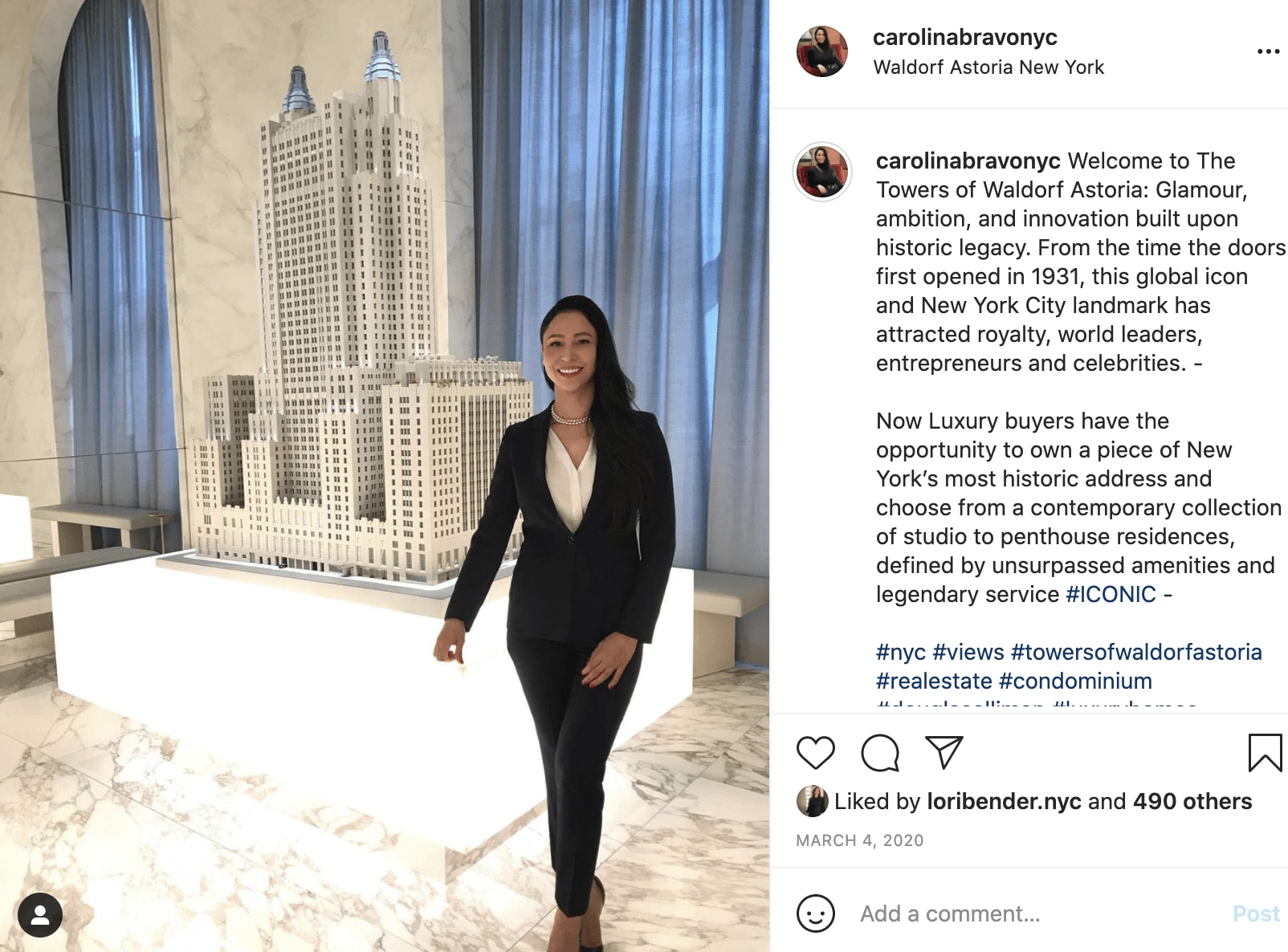
Phase 2: Expansion
After the recovery phase, the real estate market will undergo a phase of expansion. In this phase, demand for properties and spaces increases, occupancy rates are on the rise, and rental prices surge. Job growth is steady and there are more new property developments. Investment activity soars as people regain their confidence in the economy.
Investors who have invested in discounted properties during the recovery phase can reap their ‘harvest’ by selling their properties, as prices and rents reach a peak in this phase. The peak is where demand and supply for real estate are in equilibrium.
Strategies
As economic sentiment is high, interest rates will likely be low and financing becomes readily available. Many real estate developers and investors will be able to secure low-cost financing and will choose to develop new properties or redevelop existing properties, as strong leasing momentum can help investors reach their desired returns. The expansion phase is also a good time to acquire value-add investment properties because the perceived risk is lower in this phase.

Phase 3: Hyper supply
The hyper-supply phase starts when the supply of real estate in the market exceeds demand. New developments and redevelopments during the expansion phase have caused oversupply in the market, and prices of real estate start to decline due to the lack of sufficient demand.
Although rental rates might remain high because of strong economic factors, vacancy rates will start to rise. The increase in the number of new developments will begin to slow down as market inventory remains high. The hyper-supply phase typically lasts for a long time, before the economy enters into the recession phase eventually.
Strategies
In the hyper-supply phase, investors should put a great deal of thought into their financial position as the economy begins to enter into a recession. Investors that do not have sufficient cash to get through the recession should consider liquidating their inventory to avoid a decline in property value in the next phase. On the other hand, for investors who hold properties that have strong tenants and long-term leases, the best course of action would likely be to stay put and ride out the coming downturn.
Phase 4: Recession
The recession phase can be painful for property investors. In this phase, the supply of properties overshadows demand, and real estate prices fall dramatically. Most property owners will suffer from high vacancy rates and lower rents, and rental income will plummet.
The economic downtown will also cause unemployment rates to rise and tenants may demand rent concessions or reductions to stay. The number of new construction projects plunges and investment activity slumps. The real estate cycle will ultimately reach the lowest point in this phase before any signs of recovery start to show.
Strategies
Real estate investors should keep a lookout for signs of recovery in this phase rather than feel emotional about the state of the economy. Recessions provide opportunities for investors with liquidity to acquire properties at deep discounts. Bank-owned or foreclosed real estate are great targets that opportunistic investors can consider purchasing during the recession phase.
What Stage of the Real Estate Cycle are we in New York?
We are at the beginning of the next upcycle. From history, upcycles usually last about 7 years. Sales volume is very high and sellers have the advantage because there is a lot more demand than supply. The bottom is over.
The good news is that prices are still lower than pre-pandemic. There are still good buys and negotiability, especially in new developments. It’s just getting less and less. In a year or two from now, prices would be even higher because property prices go up with inflation. Goldman Sachs expects 2021 GDP growth at 6.6 percent driven by the reopening of businesses, pent-up consumer demand, and the fiscal package boosting consumer and infrastructure spending. According to GS, the economy has shown tremendous resilience during Covid and we are at the nascent stages of the next economic expansion.
To learn more about real estate investment opportunities in New York, please contact me directly.
